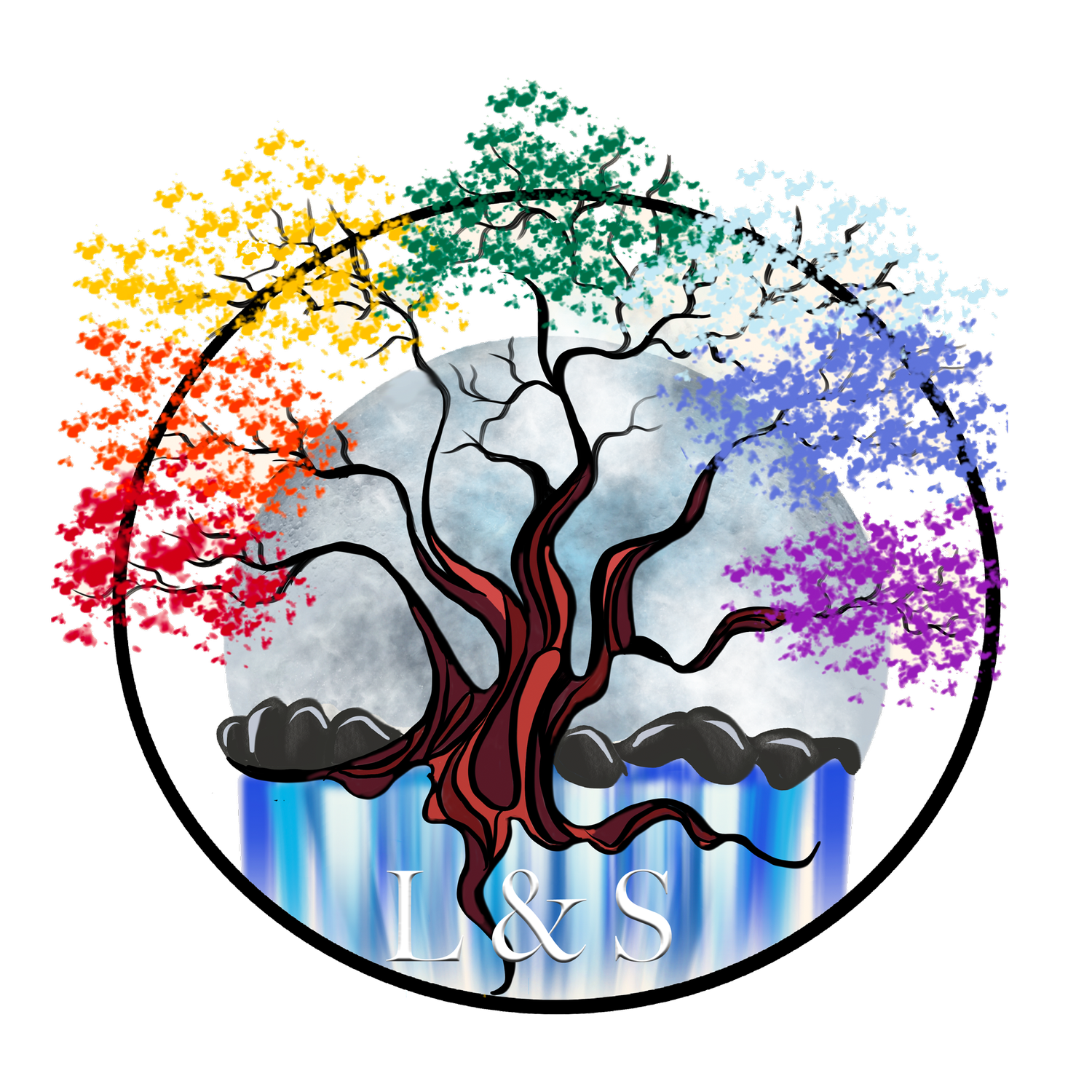Aromatherapy
“Believe you can and you're halfway there.”
~Theodore Roosevelt
What is Aromatherapy?
Aromatherapy is the art and science of using natural oils that have been extracted from flowers, bark, stems, leaves, roots and/or other parts of a plant, bush, or tree. . These powerful oils are used to harmonize, balance and support the health & healing of mind, body, emotions, & spirit. . Essential Oils have a long history of use in every culture around the world. Aromatherapy is a natural, non-invasive healing-modality, that is designed to impact the whole person, rather than just the symptom or disease that is being expressed.
"Aromatherapy is... the skilled and controlled use of essential oils for physical and emotional health and wellbeing." Valerie Cooksley
"Aromatherapy conveys the concept of healing with aromatic substances." Robert Tisserand
"Aromatherapy is a caring, hands-on therapy which seeks to induce relaxation, to increase energy, to reduce the effects of stress and to restore lost balance to mind, body and soul." Robert Tisserand
"Aromatherapy can be defined as the controlled use of essential oils to maintain and promote physical, psychological, and spiritual wellbeing." Gabriel Mojay
"Aromatherapy is essentially an interaction between the therapist, client and essential oils, working together to bring forth the healing energy which will help the client regain their sense of wellbeing and vitality." Jade Shutes
How are Essential Oils used?
A nice way to begin your personal journey with essential oils is to explore the many options of external usage.
Topical Usage
Topical application is often a preferred method of use for many essential oils. It is important to note that MOST essential oils require significant dilution prior to usage, as they can cause skin irritation. Lavender Oil, Calendula Oil, Sea Buckthorn Oil & various Chamomile Oils are a few essential oils that can be applied 'neat' or without dilution, as they are soothing, balancing, and healing for the skin. Other essential oils, such as Cinnamon Oil, Basil Oil, Ginger Oil, Various Citrus Oils and Oregano Oil probably should not be applied topically in most cases, as they may irritate the skin, or cause sensitivity with or without sun exposure.
Essential Oils are lipotropic (fat soluble), with a fairly small molecular structure, which allows them to pass thru the skin quite easily. Essential oils can pass into the surrounding tissues, and into the bloodstream which allows them to move throughout the body quite easily. with an efficient healing impact.
For example, if you wanted to support your Digestive System, you could place a few drops of Peppermint Oil into carrier oil (a clean, preferably organic vegetable or nut oil) to dilute it. You could then gently rub this mixture over your stomach area. The oil would be absorbed thru the skin into the surrounding tissues, to promote healing and balance of the digestive system.
A common concentration of essential oils in a carrier oil is 5%. This equals 40 drops of essential oil per one ounce of carrier oil.
A very effective form of topical application is via foot reflexology. This topical technique utilizes the neurological & energetic connections that run throughout the entire body. There are areas on your feet that you can stimulate that will have a healing effect other areas and zones of the body. Even if you are not trained in foot reflexology, you can use the desired Essential Oil and massage it into your foot. If you encounter an area that is uncomfortable, itches, feels tight, or feels bumpy.....just massage the oil into that area. It is that easy!!
Another powerful type of topical application is to utilize acupressure points, body alarm points, or chakra locations. This allows you to utilize primarily the energetic connections of the Mind, Body, Emotions, and Spirit, with a strong healing effect on Heart Energy Coherence and the Body.
Inhalation
The inhalation of Essential Oils is a very effective, gentle and simple way to access the Mind, Body, Emotion, and Spiritual healing qualities of Essential Oils. I have listed a few of the most common methods of Aroma therapeutic Inhalation below.
Simple Inhalation
You can simply open an Essential Oil bottle and inhale the scent into your nose. Be careful not to touch or breathe on the orifice or inside of cap as this can contaminate the contents and greatly reduce the life-force of the oil(s).
Diffusion
Diffusion atomizes essential oils into the air for inhalation. There are many types of diffusion devices, such as, simple evaporation devices, vaporizers, humidifiers and glass nebulizers. For therapeutic applications it is best to not apply heat to the Essential Oil, as heat can alter the chemical make-up of the oil, destroying the life-force of the plant's essential constituents and thereby lessening it's therapeutic effect.
Aroma-Elemental Misting
Essential Oils can be layered into a bottle filled with energized water. Depending on which oil/oils are layered into the bottle, the healing effects will be distinctly different. Essential Oils can also be layered into a bottle containing a hydrosol (water created by the process of steam distillation, which is a process by which an Essential Oil is produced). Once again depending on which oils are layered into which hydrosol, the healing effects of the Aroma-Elemental will be different.
An Aroma-Elemental can be sprayed into a space, to clean out congested energies and also to create energetic alignment and balance. They can be sprayed onto the body, or into the aura, or on a chakra. They also can be sprayed and then inhaled. This is a wonderful, easy to use, and very effective type of Aromatherapy.
